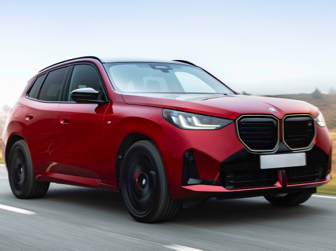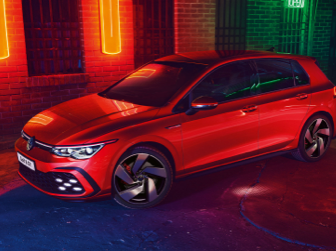
Toyota has been continuously improving the C-HR since its introduction to South Africa in early 2017. The subcompact crossover SUV got a bigger touch screen with Apple CarPlay support and optional navigation in the 2019 model. The 2020 Toyota C-HR gets even better with the introduction of Android Auto and updated exterior design, which now has an updated grille, front bumper, and headlights.
However, it comes with a few drawbacks as well including a sluggish acceleration, cramped back seats, and low cargo capacity. It doesn’t even offer an all-wheel-drive option.
Let’s discuss different aspects of this urban SUV and see how it fares against the likes of Subaru Crosstrek and Mazda CX-3.

Toyota South Africa offers four variants of the C-HR. The entry-level C-HR 1.2T starts from R371,700 and the C-HR 1.2T Plus costs R403,000. The latter grade with Continuously Variable Transmission (CVT) will set you back R415,100, while the top-of-the-line Luxury model is priced from R476,600. Prices correct at time of publication.

All the models are powered by a 1.2L engine pumping out a modest 85 kW and 185 Nm of torque. The engine mates to either 6-speed manual transmission or a CVT and delivers 6.3l/100km combined fuel economy in the ideal driving conditions. The crossover offers a stable ride and handling.

The 2020 Toyota C-HR features a bold and athletic look, thanks to its angular diamond theme. It can accommodate five passengers with good head- and leg-room at the front. However, the rear seats are a bit cramped due to the sloping roofline. The cargo capacity isn’t impressive either. In fact, it offers one of the lowest capacities in the boot in the subcompact crossover SUV class. You get just 19 cubic feet of space behind the rear seats. Fold the seats to extend it to 36.4 cubic feet.
That said, there are plenty of quality standard features that you fancy having in a crossover. These include an 8-inch touch screen with Apple CarPlay, Android Auto, and Amazon Alexa compatibility, satellite radio, six speakers, a USB port, Bluetooth, a Wi-Fi hot spot, dual-zone automatic climate control, remote keyless entry, and power windows.

No doubt, safety holds paramount importance for a family hauler and Toyota knows this fact very well. This is the reason they have equipped the vehicle with features like forward collision warning, automatic emergency braking, full-speed adaptive cruise control, lane departure warning, lane keep assist, and automatic high-beam headlights. Thanks to these techs, the US National Highway Traffic Safety Administration awarded it with an overall safety rating of five out of five stars.

The two closest competitors of the 2020 Toyota C-HR are the Subaru Crosstrek and the Mazda CX-3. Both of these outdo the C-HR in terms of cargo space. Additionally, the Crosstrek comes with a standard all-wheel-drive, and the CX-3 offers peppier acceleration and is more fun to drive.
.jpg)
Overall, the 2020 Toyota C-HR is an exciting crossover with a good predicted reliability rating and a range of standard tech and safety facilities. However, these good aspects are marred by the cramped back seats, sluggish acceleration, and small cargo area. When you are out to buy a compact crossover, we suggest you also check the Hyundai Kona, the Honda H-RV, the Toyota RAV 4 and the two competitors we discussed above.
Are you a car enthusiast? Check out our latest car review on the new 2020 Volvo XC60. Every month we review two of the latest models to hit South Africa’s roads.
Please note the imagery supplied in this blog was taken off www.toyota.co.za
Cancelling car insurance? Know these things first
Maintenance tips for the busy professional


